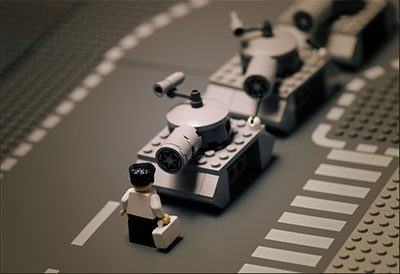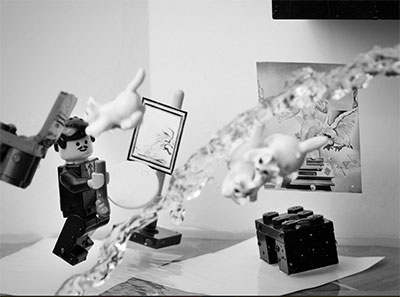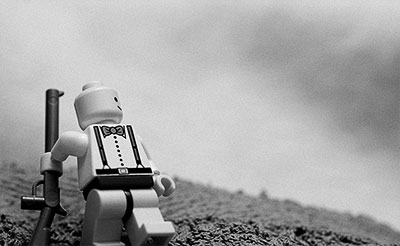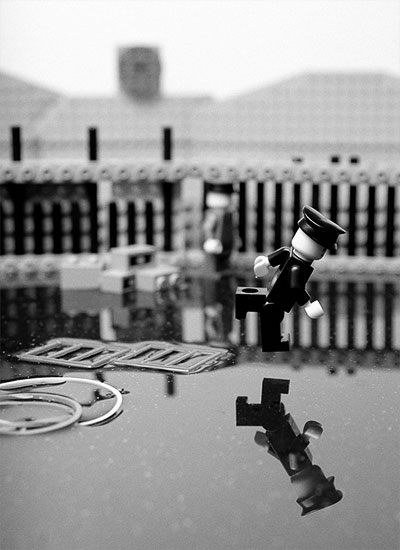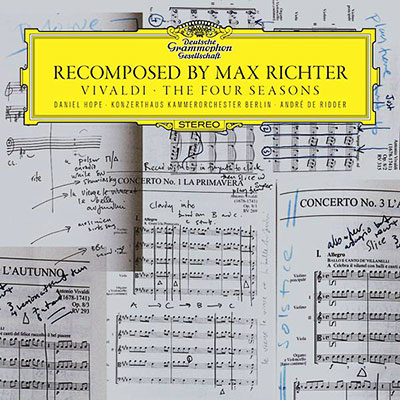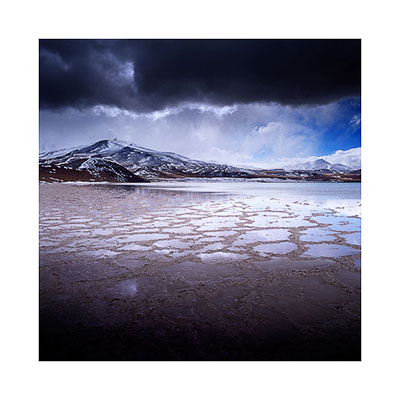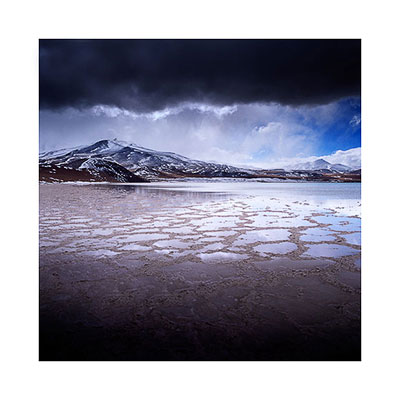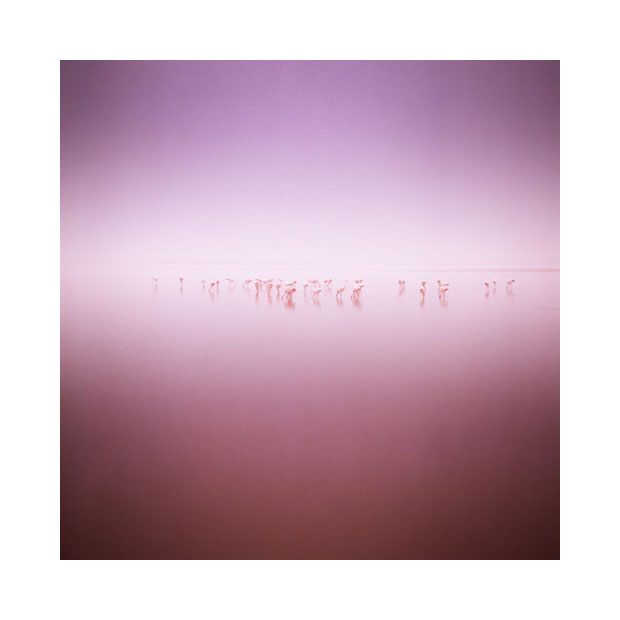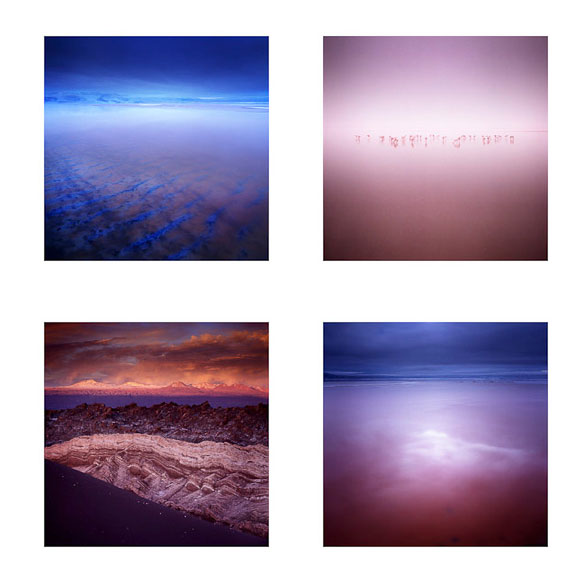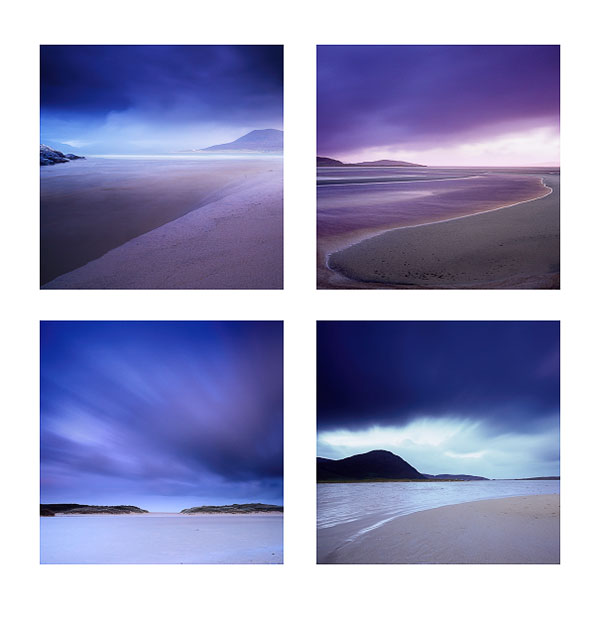As photographers, our overriding priority should be to look after and respect the landscape.
So when we choose to seek out rare and special places to make images of, we should always tread lightly, and with great respect for the environment we make photographs of.

Recently, a friend told me about a special little waterfall in the centre of Iceland. I was intrigued, because the pictures I saw of it showed how beautiful it is, yet it is not on any tourist map. Looking into it a bit more, I discovered that it's not very easy to find (it's pretty hard in fact) and although there are several websites specialising in articles in how to find it, it's still not easy to figure out where it is.
I decided to go look for it, and sure enough, it took me a few hours to find it. The waterfall is very hidden. It's not obvious where it is, and there are no signposts, nothing to indicate that there may be anything of particular interest or beauty nearby.
I was delighted when I found it. It is such a beautiful waterfall with lovely glacial meltwater flowing through it. So beautiful I took pictures of it, and so delighted was I about being able to find it, I couldn't wait to tell my friends about it too.
I discussed the finding of this waterfall with a friend, who knows the people who own the land there. My friend told me the locals prefer to keep the waterfall private. I can fully appreciate this on several levels. Firstly, it is not very far away from one of the biggest tourists attractions in Iceland, so if it got better known, it could easily be overrun with tourists and never be a peaceful place to visit ever again. Secondly, I've found Icelandic people to be immensely respectful to their landscape. I have had dealings with a professional tour operator out here for instance, who do not wish to take photographers to one particular spot because of how delicate the landscape is there. I think this is extremely admirable and I respect this attitude very much.
But I often feel that the pursuit of landscape photography can be at odds with respect for the landscape and I think as landscape photographers, we have a responsibility to act with great respect for the places we visit and record.
At the time of writing, I think photography has reached an all time high in terms of popularity. It is not simply the pursuit of photographers any more, but an additional interest for tourists to such a degree now, that I feel there is a large hybrid group of people out there who are photography-tourists. Those of us who wish to travel to many destinations, experience them, but also record them as best as we can. I started out this way myself - being into travel firstly, and wanting a camera to record the places I visited. Fast forward a few years and I was soon traveling for the pursuit of photography first and foremost. And this is perhaps the issue.
When we transform from being a tourist to being a tourist-photographer, we are dealing with an additional set of requirements, that have to be contained within the same set of rules that all other tourists have to abide by. In other words, we have to work within the same boundaries of respect and manners for the places we visit, even though our requirements have shifted from just enjoying and observing a place, to that of more detailed exploration.
Specifically, as photographers, we tend to be more inquisitive than most tourists. We tend to want to get access to places that are off-limits. For example, we may wish to get closer to the edge of a waterfall than most tourists would get, so we can attain the shot we have in our minds-eye. We tend to be very driven in our aspirations, and although I think having this kind of drive is great, I just wonder at what cost this come to the places we visit?
The late Galen Rowell once wrote that by photographing special places, we set them on a path towards conservation. By raising their profile, they become a place that many people care about, rather than a place for the few. That awareness and love for a place can be a great thing. It can stop a place from being abused or damaged. However, there is another side to this coin. With all things, we gain something in the process of raising the profile of a place, but we also lose something of its innocence in the process also. If we choose to keep it secret and hidden, then we believe and hope that it is safe from being damaged. But to have a place left hidden to protect it, is like having a beautiful painting that no one gets to see. Surely beauty should be there for everyone to enjoy? I certainly think so.
Photography can be an all-consuming passion, one where getting the shot becomes so overwhelming that we put everything else to one side. But at what cost do our own actions come at, if we only have a secondary respect for the places we wish to record?
As I said at the start - and I feel I must reiterate my point: I just feel, as photographers, if we do choose to seek these rare and special places out, we should tread lightly. Our overriding priority should be to look after and respect the landscape. Everything else should come as a secondary priority. We have to safe-guard the landscape for our own enjoyment. But we also have to safe-guard the reputation of ourselves and other like-minded photographers for the future also.
*Addendum. Since writing this post, I've been talking to others about the wear-and-tear that happens to a place as volumes of visitors increase. I didn't really cover this in my posting, and would like to do so now. With regards to the waterfall mentioned in this article, I had an interesting email from a very well known Icelandic photographer who explained to me that he knows of this waterfall (and other less well known places), but does not take tours here because of the delicacy of the environment.
So being sensitive to an environment is not just to do with how careful we are, but more about managing the volume of traffic a place attracts. As a friend pointed out to me, the steps in an ancient monument are worn down, but it’s not due to misuse that this happens, but more to do with wear and tear.
